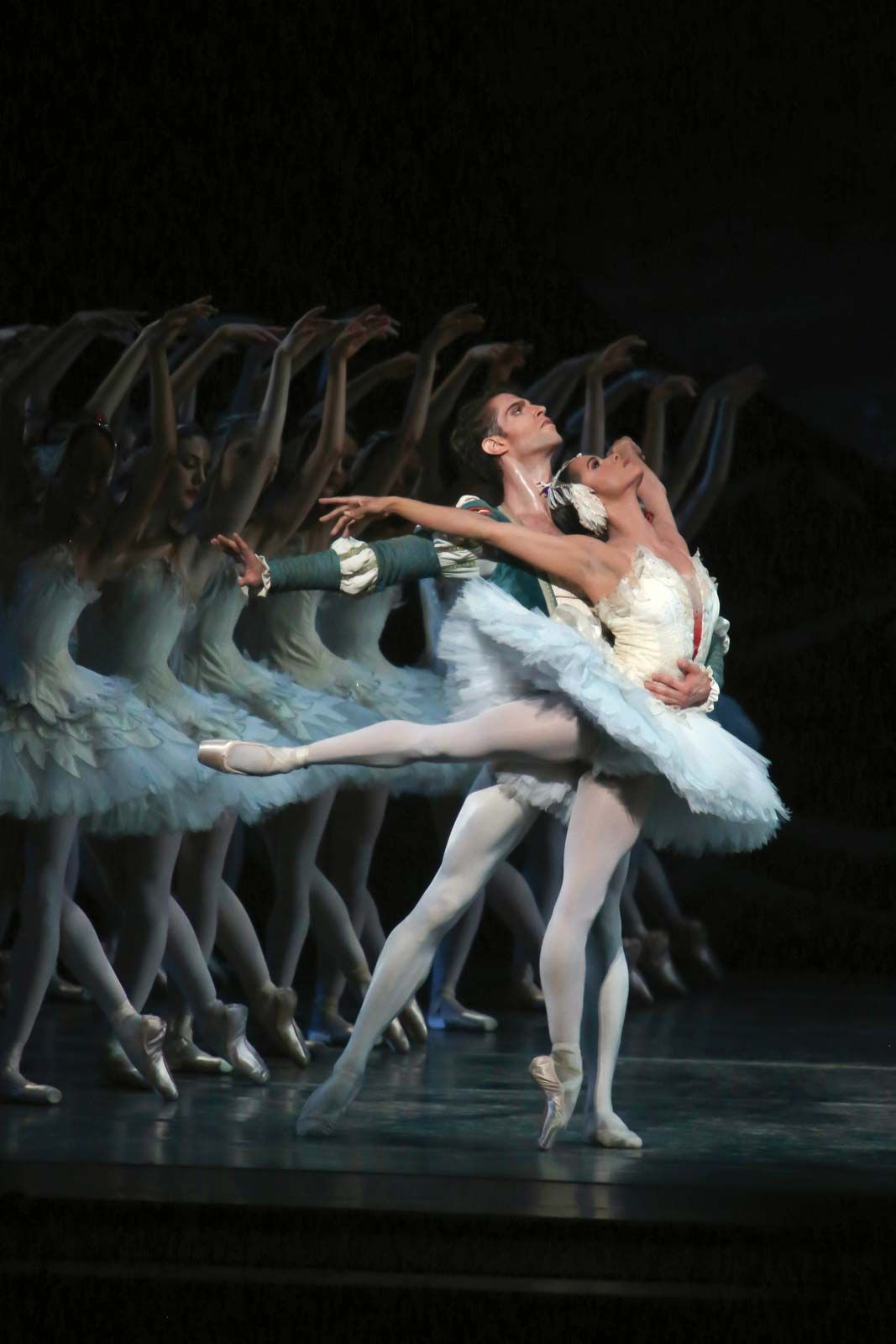Dance, at its most fundamental, is the rhythmic movement of the body, often synchronized with music, within a defined space. This movement serves various purposes, from expressing emotions and ideas to releasing pent-up energy or simply reveling in the joy of motion itself. Understanding the Dancing Definition requires recognizing its dual nature: it’s both a primal human impulse and a highly refined art form.
This inherent duality – dance as a spontaneous expression and as a consciously crafted art – is a recurring theme in any exploration of the subject. The connection between these two facets is particularly strong in dance, arguably more so than in other art forms. Neither aspect can truly exist in isolation; the raw impulse fuels the artistic endeavor, and the artistic framework shapes and channels the impulse.
Throughout history, philosophers and dance critics have attempted to pin down the “dancing definition,” often reflecting the specific styles of dance prevalent in their time. These definitions, while diverse, offer valuable perspectives on the multifaceted nature of dance.
Historical Perspectives on the Dancing Definition
Aristotle, in his Poetics, suggested that dance is rhythmic movement intended “to represent men’s characters as well as what they do and suffer.” This definition highlights the role of dance in classical Greek theatre, where the chorus used movement to embody the drama’s themes during lyrical interludes. Aristotle’s view emphasizes dance as a narrative and representational art form, deeply intertwined with storytelling and character portrayal.
In the 18th century, English ballet master John Weaver described “Dancing” as “an elegant, and regular movement, harmoniously composed of beautiful Attitudes, and contrasted graceful Posture of the Body, and parts thereof.” Weaver’s definition clearly reflects the courtly ballet of his era, characterized by formality, grace, and precisely controlled movements. His perspective emphasizes the aesthetic and structured aspects of dance, focusing on beauty, harmony, and refined posture.
 Misty Copeland and James Whiteside
Misty Copeland and James Whiteside
Writing in the 19th century, dance historian Gaston Vuillier emphasized grace, harmony, and beauty as central to the “true” dancing definition. He contrasted this with what he perceived as the crude, spontaneous movements of early humans, suggesting that true choreographic art was a later development, born from refined sensibilities rather than primal urges.
John Martin, a 20th-century dance critic, offered a contrasting view, largely dismissing the formal aspects of dance. He emphasized dance as a physical manifestation of inner emotion, reflecting the Expressionist movement in modern dance. Martin stated, “At the root of all these varied manifestations of dancing . . . lies the common impulse to resort to movement to externalise states which we cannot externalise by rational means. This is basic dance.” His definition prioritizes the expressive and emotional core of dance, viewing it as a fundamental human need to communicate beyond words.
A Universal Dancing Definition: Beyond Cultural Context
To arrive at a truly universal dancing definition, we must return to the core principle: dance is an art form or activity utilizing the body and its full range of motion. Unlike everyday movements linked to work, travel, or survival, dance movements transcend mere functionality. While dance can incorporate movements from these practical activities, as seen in work dances across cultures, these movements are transformed. They are elevated beyond simple labor, infused with self-expression, aesthetic intent, and the purpose of entertainment.
Therefore, the dancing definition, in its broadest and most encompassing sense, is the art of human movement, structured and rhythmic, employed as a form of expression, communication, social interaction, or artistic performance. It is a multifaceted activity with deep roots in human history and culture, continuously evolving and adapting across different societies and artistic visions.
[
